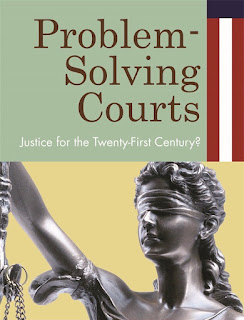Crime, Place, and the American City
Robert Sampson, a professor at Harvard, has written a book called Great American City that is the product of a decade-long study of the neighborhoods of Chicago. Today at the Vera Institute of Justice, Sampson gave a presentation on his findings.
Sampson's work affirms what many of us have long suspected based solely on our lived experience: place matters. There were enormous differences among the different communities that Sampson studied (his presentation today focused primarily on poverty, crime and forms of community engagement). Moreover, these differences tend to persist for generations.
Sampson is perhaps best known for his work on collective efficacy, which, to the extent I understand it, measures whether residents in a given neighborhood have the kind of social cohesion and mutual trust that they need to get important things done as a group. Lo and behold, neighborhoods that don't have a great deal of collective efficacy tend not to be very safe.
Much of Sampson's presentation had the force of common sense, but there were several nuggets that I found pleasingly counter-intuitive. For example, he spoke briefly about the broken windows theory. While he didn't dismiss broken windows entirely, he seemed to argue that there is a need for more nuanced thinking about the relationship between disorder and crime. Sampson used the expression "believing is seeing" to underline that perceptions of disorder are profoundly contextual, varying from place to place and group to group. For example, whites consistently perceive there to be more disorder than other ethnic groups.
Also of interest to me were Sampson's remarks about the importance of non-profit institutions to the health of communities, the inverse relationship between faith-based organizations and trust in public institutions (neighborhoods with more churches tended to have more distrust/cynicism about government), and the fact that neighborhoods with high voter turnout don't necessarily score high in collective efficacy (which, after all, is a group measure rather than an individual measure like voting).
Apologies to Sampson if I have gotten any of this wrong...I didn't take notes.


